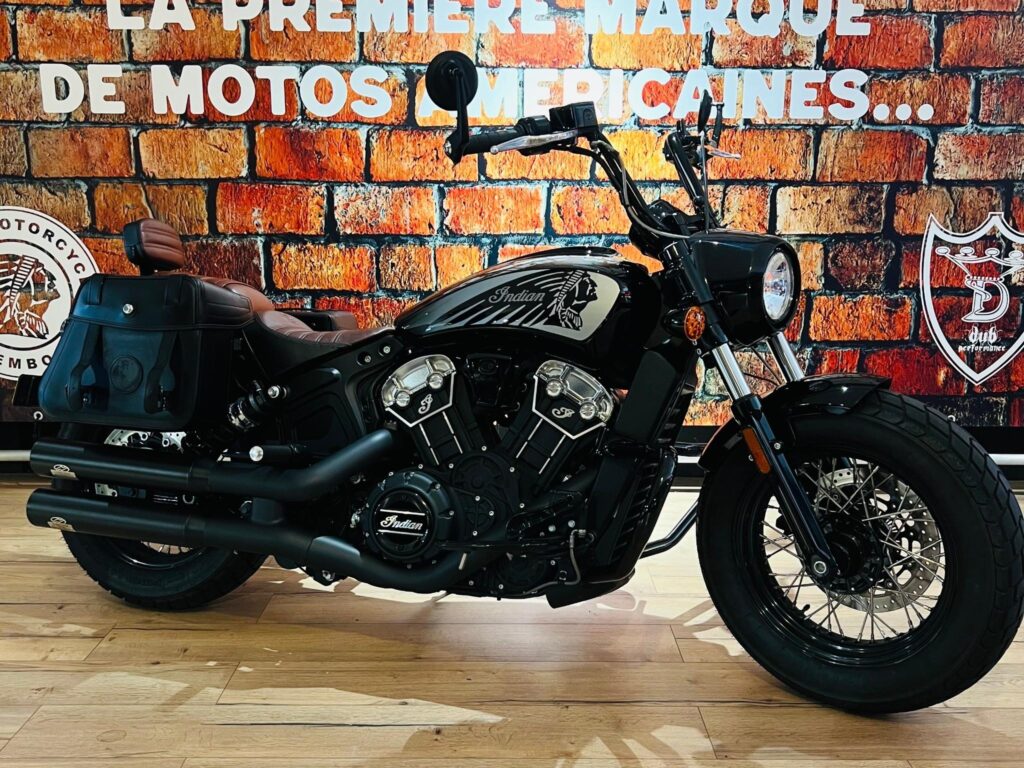In my « Riding in Luxembourg » series, I’m sharing with you the best routes I’ve discovered in this tiny yet incredibly charming country. But before you hit the road, there are a few things you need to keep in mind.
Accident Stats : Safety is a Serious Matter
Luxembourg might be small, but don’t let its size fool you when it comes to road safety. Motorcycles make up a significant portion of traffic accidents here. In 2023, about 12% of all road accidents involved motorcyclists, and sadly, the fatality rate for bikers is a bit higher than that for cars when you look at miles ridden. The twisty backroads that look so tempting can be the most dangerous spots, especially if you’re not used to European driving styles. Always keep your eyes peeled and your mind sharp—Luxembourg roads demand full attention.
Gear Up : Helmet and More
Helmets are non-negotiable in Luxembourg—both for you and your passenger. And while it might not be the law just yet, it’s highly recommended to wear full protective gear. This means gloves, a solid jacket, boots, and protective pants. The authorities are really pushing for it because it can drastically reduce the severity of injuries if you go down. Riding through Luxembourg, especially with all those slick cobblestone streets and unpredictable weather, isn’t the time to skimp on gear. Think of it as your insurance policy.
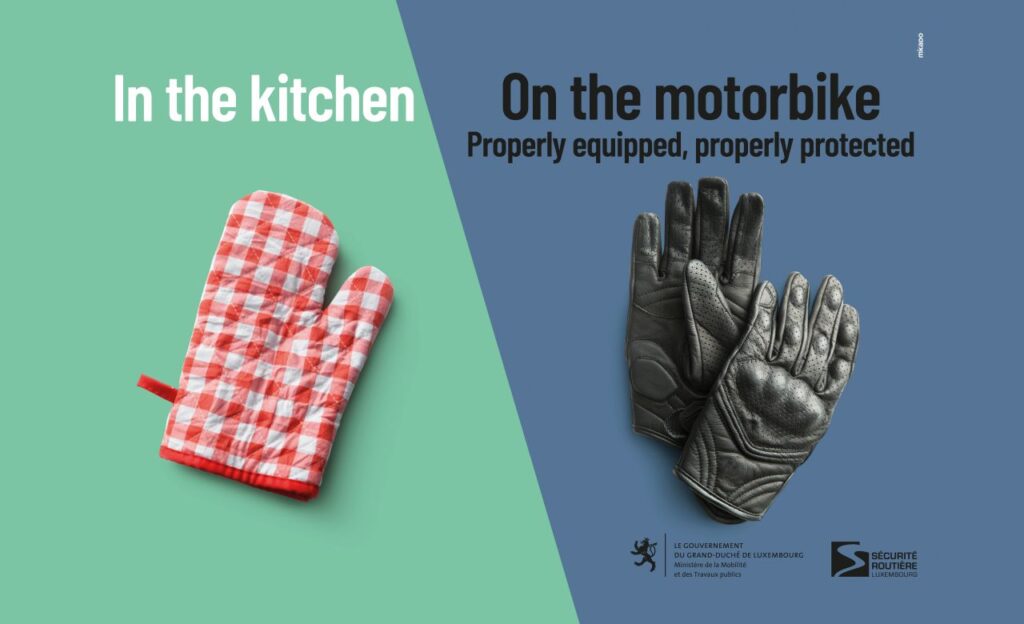
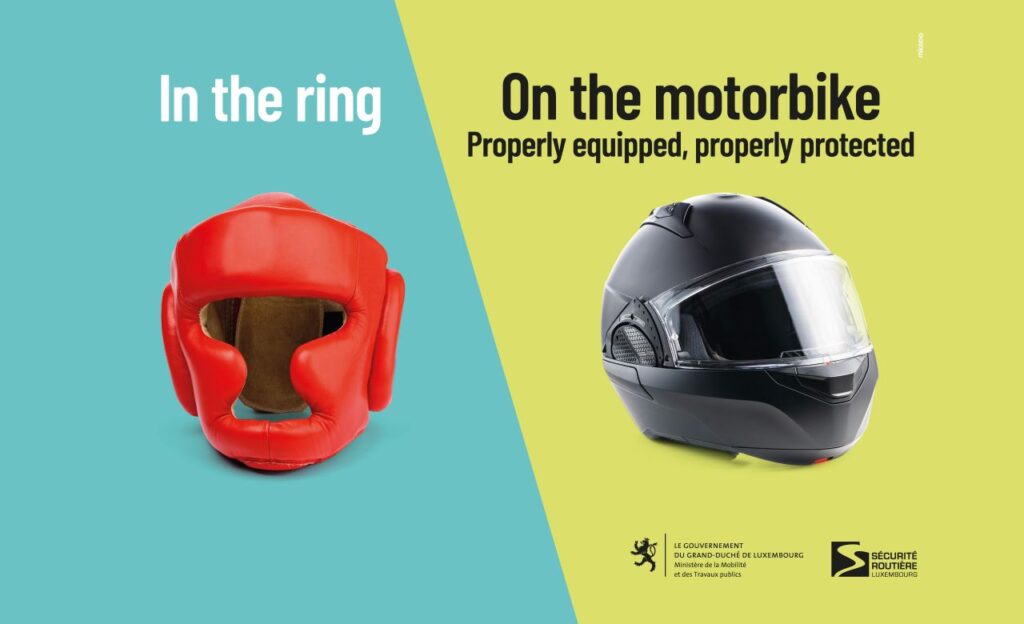
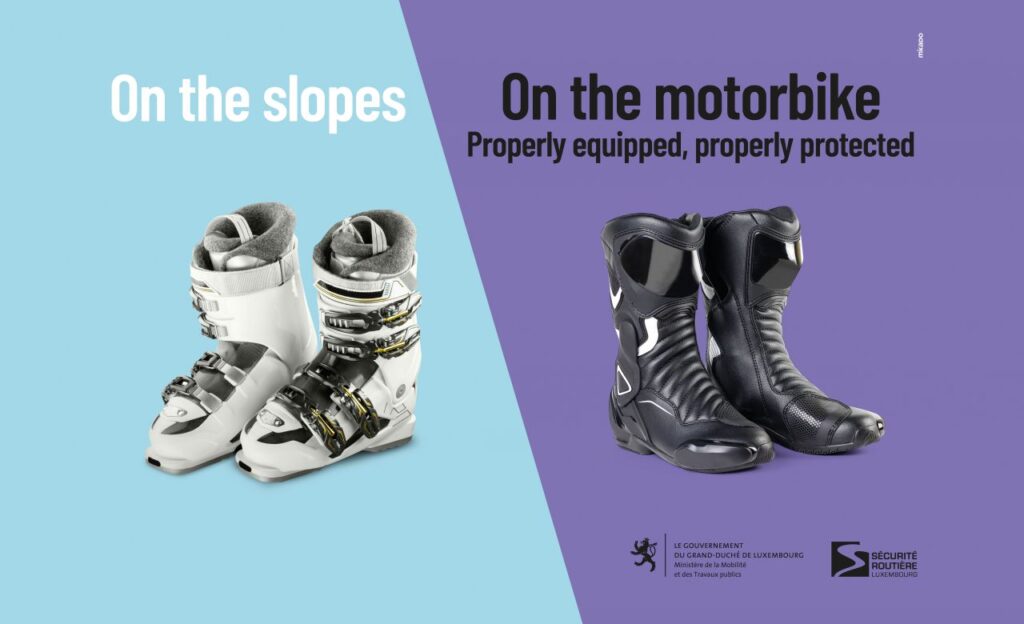
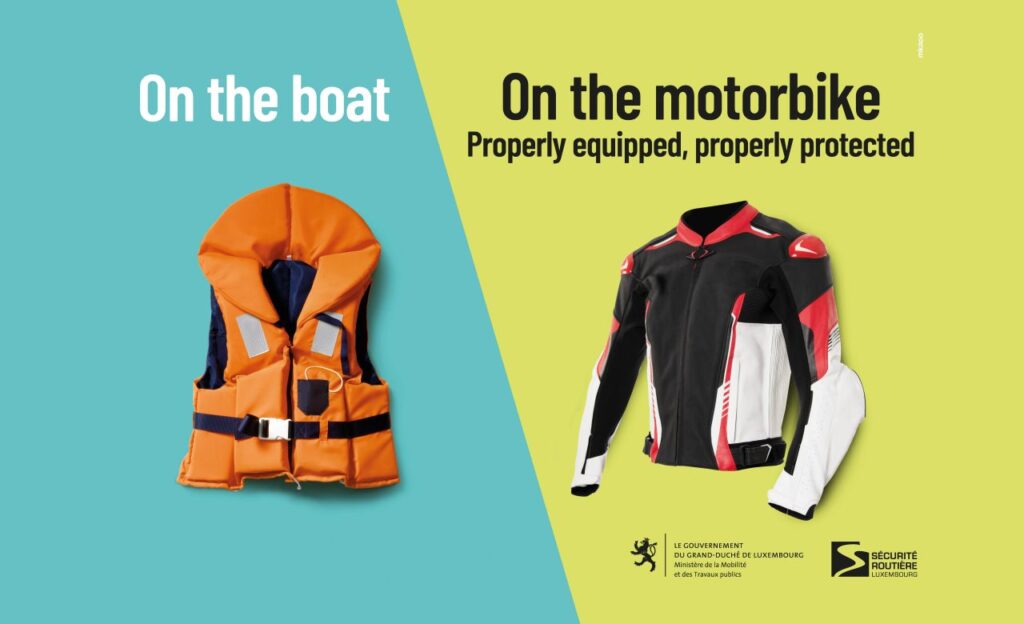
Speed Limits : Know When to Slow Down
Speed limits are strictly enforced in Luxembourg, and they vary depending on where you’re riding. In towns and cities, the limit is typically 50 km/h (about 31 mph). On open roads, you can push it up to 90 km/h (56 mph), and on the highways, you’re allowed up to 130 km/h (81 mph). But here’s the kicker : if it’s raining, that highway limit drops to 110 km/h (68 mph). This is something you won’t encounter in many other countries, so make sure to adjust your speed when the weather turns bad—those fines aren’t cheap, and they’ve got speed cameras everywhere.
The good news : speed mobile controls are actually announced the day before by the Grand Ducal Police on their website (yep, really).
Check here.
Congestion, congestion and more congestion
Riding a motorcycle in Luxembourg can be a real nightmare, thanks to the sheer volume of traffic from both commuters and trucks. With around 215,000 cross-border workers flooding in daily and 12,000 to 15,000 heavy goods vehicles crisscrossing the country, the roads are often packed to the brim. This congestion creates a hazardous environment for motorcyclists, who have to navigate through a sea of cars and massive trucks. The constant gridlock not only makes for a frustrating ride but also increases the risk of accidents, as maneuvering through tight spaces and sudden stops becomes perilous.
Throw in some endless construction projects or a bit of snow, you’ve got all the ingredients for a truly miserable time on the A31!
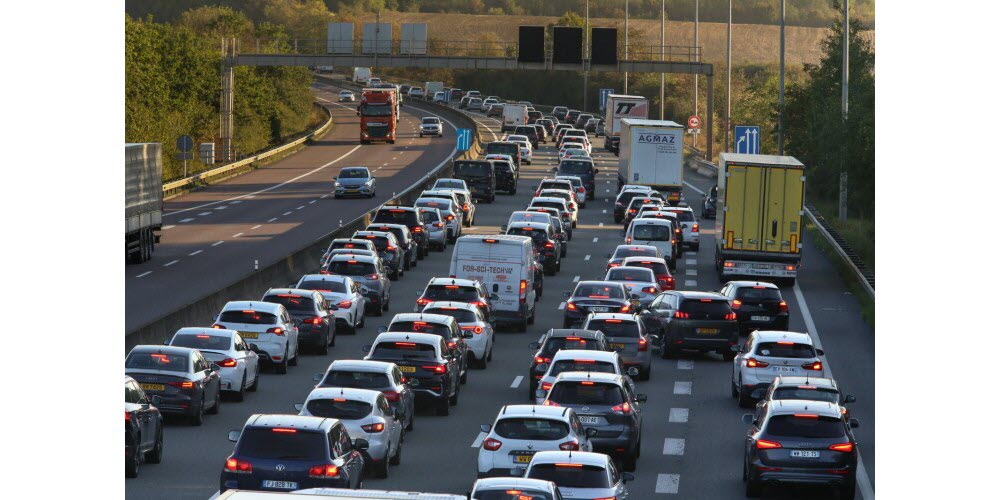
TomTom has compiled a list of the world’s most congested cities using several metrics: the average time to travel 10 kilometers, the percentage of time spent in traffic, annual hours lost in traffic jams, and average speeds during peak hours. Luxembourg City ranks 45th globally, positioned between New Delhi and Bangkok, far ahead of cities like Rio or Madrid. This gives you an idea of just how challenging driving conditions can be here. (complete ranking here)
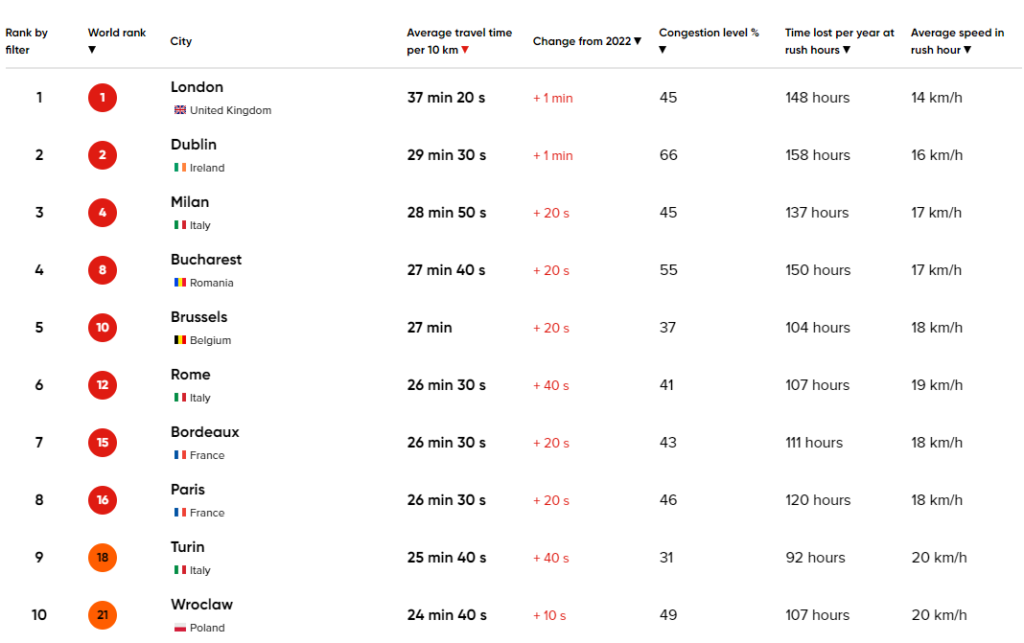
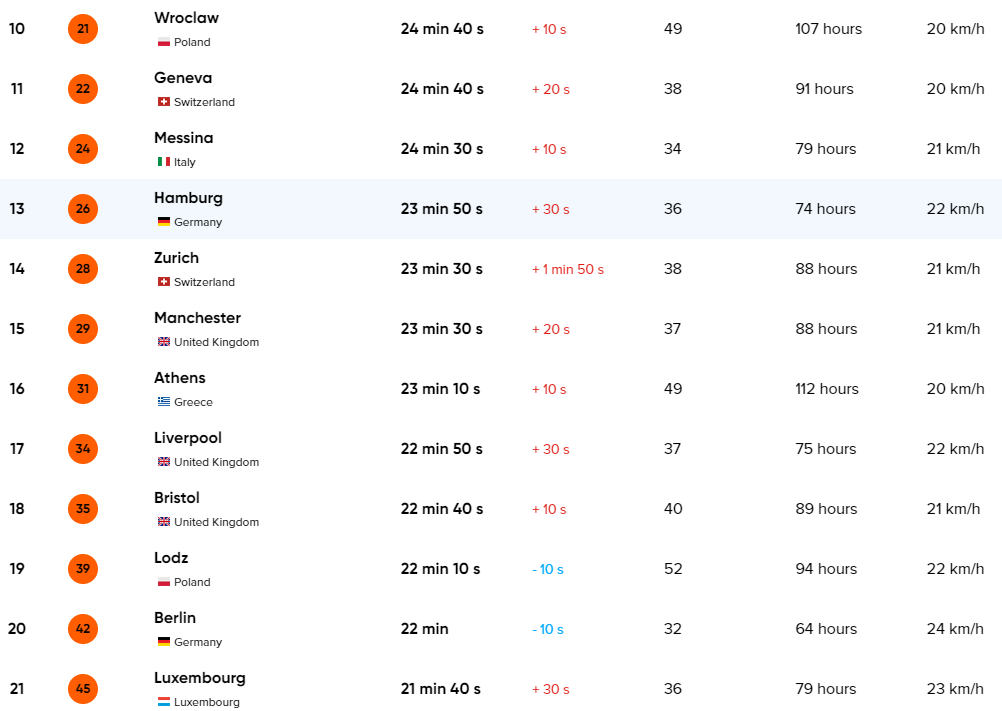
I will share some of my best trips next time. For now, gear up, stay sharp, and enjoy the ride in Luxembourg ! It’s a beautiful country to explore on two wheels, but it’s definitely got its own set of rules and quirks.

